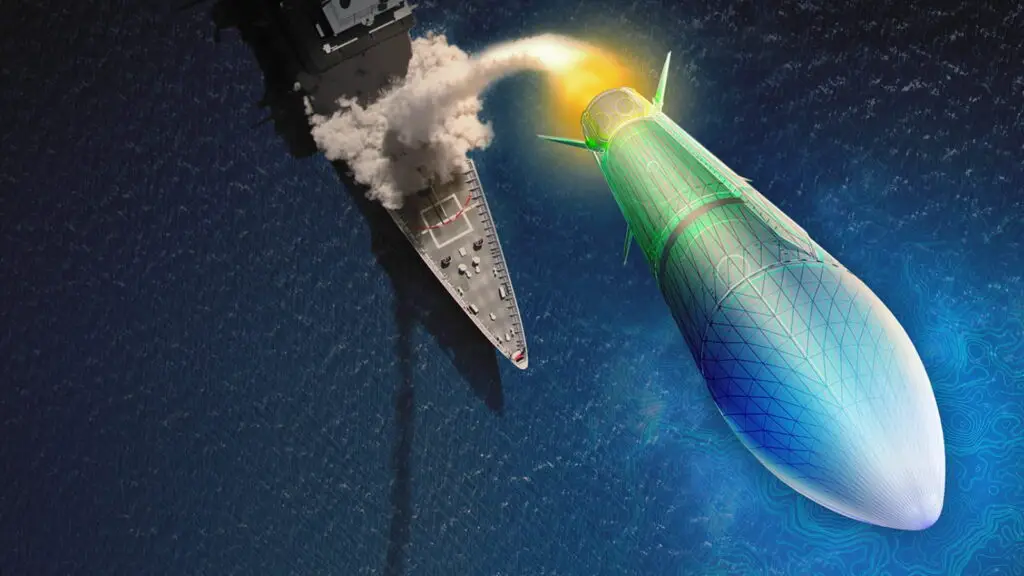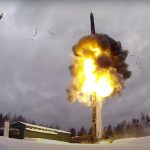The governments of Japan and the United States have signed a project agreement to develop a new type of interceptor missile in response to the growing development and deployment of hypersonic weapons in the region.
The partnership, announced on May 15 by the two governments, envisages the cooperative development of a new Glide Phase Interceptor (GPI) system to establish an effective defense against the threat of hypersonic weapons during the glide phase of hypersonic flight, aimed at countering the deployment of such weapons by, primarily, China and North Korea.

Hypersonic weapons fly at more than five times the speed of sound at endo-atmospheric altitudes, with the ability to vary their trajectories, making them particularly difficult to detect and intercept by traditional air and missile defense systems. Russia and China have already deployed them, and North Korea is currently developing them.
Development is expected to begin this fiscal year and be completed by 2030s, at a cost of approximately $3 billion, a third of which would be covered by Tokyo.
See also: MBDA starts the design of the future European hypersonic weapon interceptor system
According to Japanese media, the U.S. side will be responsible for the development of the means to detect hypersonic targets and the systems to guide the interceptors, while Japan will be in charge of the development of the missile’s rocket engine and warhead propulsion system. Northrop Grumman and Raytheon Technologies are the candidates to lead the U.S. side of the development, while Japan will select its candidates through a public procurement process this fiscal year.














